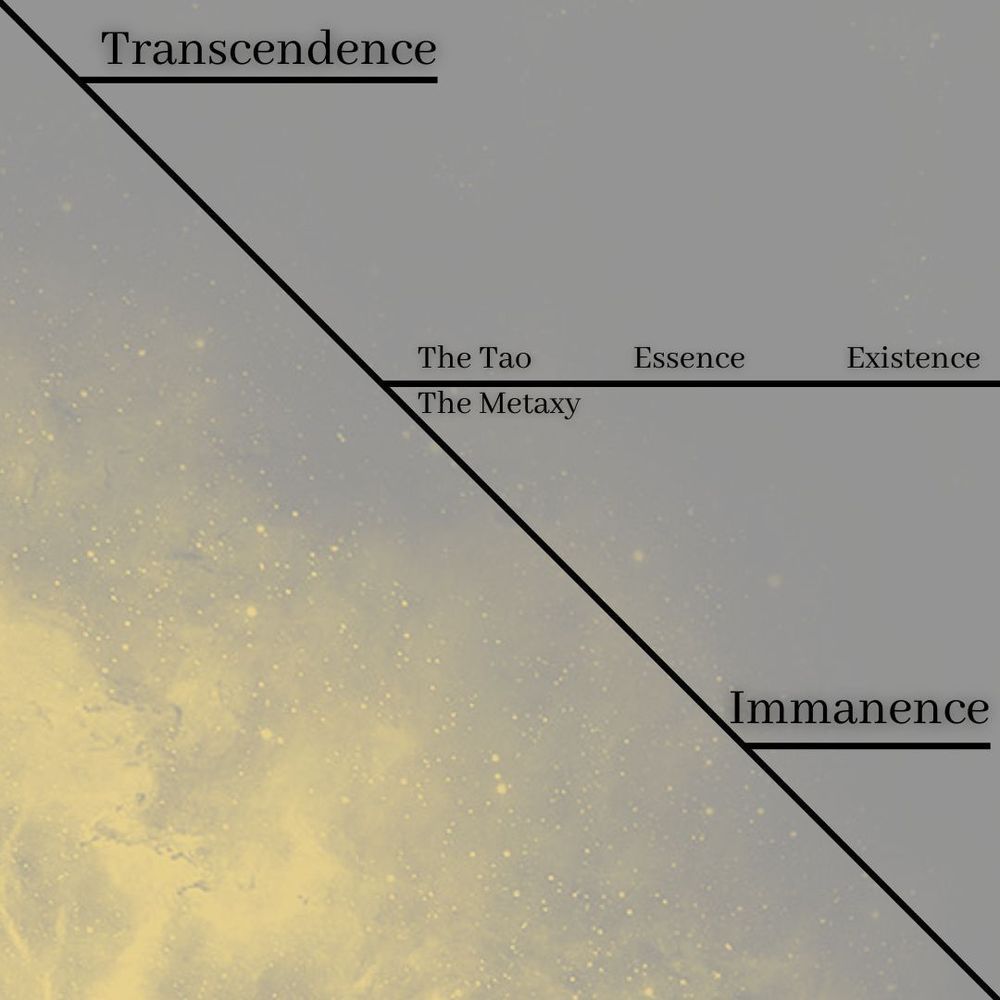Distilled begins with eight chapters on the history of distilling, the process and ingredients that go into it, and the intersection of distillation, history, and culture. I was grateful for how the authors bring the hay down to the goats for the less scientifically-minded. Their explanation of how the human body reacts to alcohol was one of the most lucid that I have read, and there was much that I learned. Did you know that alcohol dehydrogenases (ADHs), which detoxify alcohol, are found not just in the liver, but in the tongue and esophagus as well? And their chapter on spirits and bodily sensation was fascinating. “As sensory beings we are middling creatures,” the authors explain, “with neither the sharpest eyesight nor the keenest noses found in nature. But our sensory capacities are nonetheless astonishing, and they happen to be servants of a very unusual cognitive system: one that allows us to analyze our sensory inputs in a unique—and uniquely satisfying—way.”
The authors devote the remaining chapters to individual potations: first, the “big six”—brandy, vodka, tequila, whiskey, gin, and rum—and, then, eaux-de-vie, schnapps, baijiu, grappa, orujo and pisco, and moonshine. (For these chapters, DeSalle and Tattersall brings in specialists to help with the details.) The penultimate chapter is an entertaining history of cocktails and mixed drinks, which again includes fun facts: I had heard of mocktails before, but not “vocktails” (virtual cocktails generated by a device that electrically stimulates the senses to simulate the experience of downing a drink). Finally, the authors conclude the volume with their thoughts on the future of spirits and social drinking in the wake of the pandemic shutdowns.
Distilled is a readable and authoritative overview of hard liquors and their cultural impact, and like its two predecessors, it excels in the way it combines chemistry, evolutionary biology, history, anthropology, and common sense. The book, in other words, is true to its subtitle as natural history, both in the classical sense of the term (a study of things living) and in the modern (a broad umbrella covering different specialty sciences).
DeSalle and Tattersall’s latest does have a major flaw: It neglects the religious and specifically Catholic contribution to the world of spirits. The authors fail to mention, for instance, the role of Irish monks in the invention of the liquor for medicinal purposes. One medieval medical manual wisely prescribes it for “paralysis of the tongue.” The Irish also most likely shared their distilling knowledge with the Scottish when they preached the gospel to them around many centuries ago. (You’re welcome, Scotland.) The authors’ discussion of the grape brandy pisco does not include the role of the Jesuits, who brought viniculture to Chile and Peru in order to have wine for the celebration of Mass.
Nor does the book’s discussion of brandy acknowledge the significant contribution of Brother Timothy, a chemist and De La Salle Brother, to the revival of the industry after Prohibition. A more encyclopedic book might have mentioned such Catholic spirits as Bénédictine, the Carthusians’ Chartreuse, maraska (invented by Croatian Dominican apothecaries), and rompope (invented by Mexican nuns).
Perhaps it is unfair to ask that a natural history of spirits include the supernatural; then again, the impact of religious believers on culture should be of sociological interest. At the very least, it can be said that Distilled’s rich array of data provides ample matter for theological rumination. DeSalle and Tattersall note, for example, that Homo sapiens is one of the few species on the planet that has the right set of enzymes to break down ethanol (the alcohol in potable spirits), and that we acquired these precious digestive catalysts hundreds of millennia before our primitive forebears learned how to ferment or distill strong drink. If this is not proof of theistic evolution and the providential hand of a loving God, I don’t know what is.
Distilled, if you will, provides the lower blade of the scissors, cutting from the bottom of human experience towards the top. Seeing through the eyes of God, by contrast, is the upper blade of the scissors, cutting from above sub specie aeternitatis as it goes down to the weeds of our lives. To fathom the fullness of reality is to use both blades, and those who only use one or the other are missing something.










